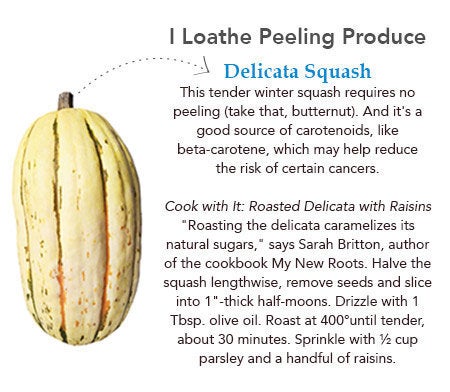The Question: Does rinsing fresh fruits and vegetables under water really do anything?
The Answer: Rinsing fruit and vegetables under water helps rid the food items of soil, microorganisms and potential human pathogens such as E. coli, listeria and salmonella, according to Sanja Ilic, an assistant professor and food safety specialist at Ohio State University.
However, it’s not a straightforward practice.
“[Washing produce] is important of course, but it is not perfect,” Ilic told The Huffington Post. “It is not necessarily going to remove everything that’s present. For some fruits and veggies, it is more important.”
Cantaloupe, for example, has an uneven, rough outer skin that can house dirt particles. This is the sort of seemingly innocuous fruit you should give a good rinse, to prevent potential bacteria from spreading as you cut through the melon with a knife. Sprouts, which are delicious in a salad or between two thick slices of focaccia, grow in the type of humid conditions prime for bacterial growth. The Food and Drug Administration recommends thoroughly washing raw sprouts before consuming them.
Vegetables bought in bunches, like broccoli and leafy kale, and fruits such as apples and berries should be rinsed under cold water just before you intend to eat them. Although your instinct may be to rinse off berries when you bring them home, doing so actually “increases moisture and accelerates spoilage, micro flora and mold,” Ilic said.
It’s important to remember that washing is an excellent, preventative action to keep yourself from ingesting bacteria, especially since it’s hard to say how many people picked up and put down a piece of fruit before you purchased it. But experts say if you’re starving and have an apple that wasn’t rinsed, it’s probably fine to eat in a pinch (and let’s be honest, it’s a much better option than reaching for processed food).
“Most bacteria that’s present [on produce] is naturally occurring and completely harmless,” said Amanda Deering, a clinical assistant professor in the department of food science at Purdue University. Ilic points out that when harmful bacterial breakouts do occur, they’re sporadic and managed by company recalls.
The most effective way to kill all bacteria is by cooking produce to 135 degrees, according to Ilic, but of course that isn’t possible for every piece of produce. (Trust us when we say these summertime tomato sandwiches just need to be enjoyed raw.)
What about produce washes? Deering pointed out the FDA suggests rinsing under running water, but said you can use a store-bought wash if you’d like. And while both Ilic and Deering said a vegetable brush can be especially helpful for scrubbing foods like cantaloupe, be sure the brush is clean and not collecting mold.
So rinse those fruits and vegetables, but don’t stress out over it too much. Most importantly, enjoy.
“Ask Healthy Living” is for informational purposes only and is not a substitute for medical advice. Please consult a qualified health care professional for personalized medical advice.
